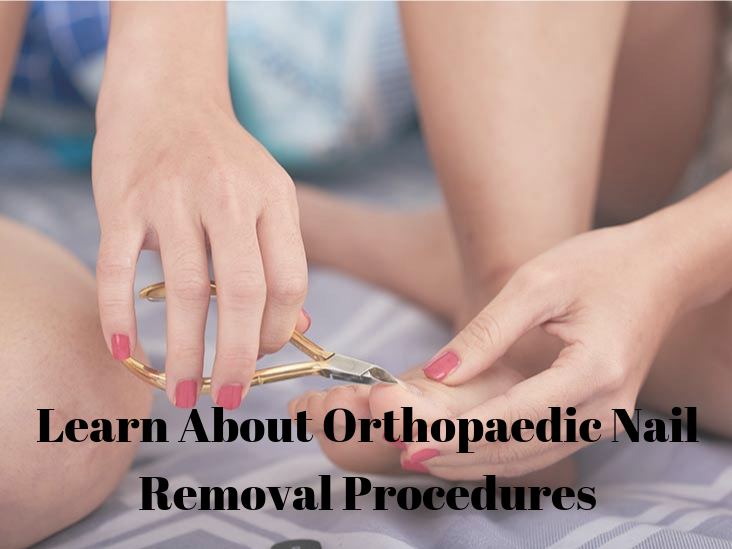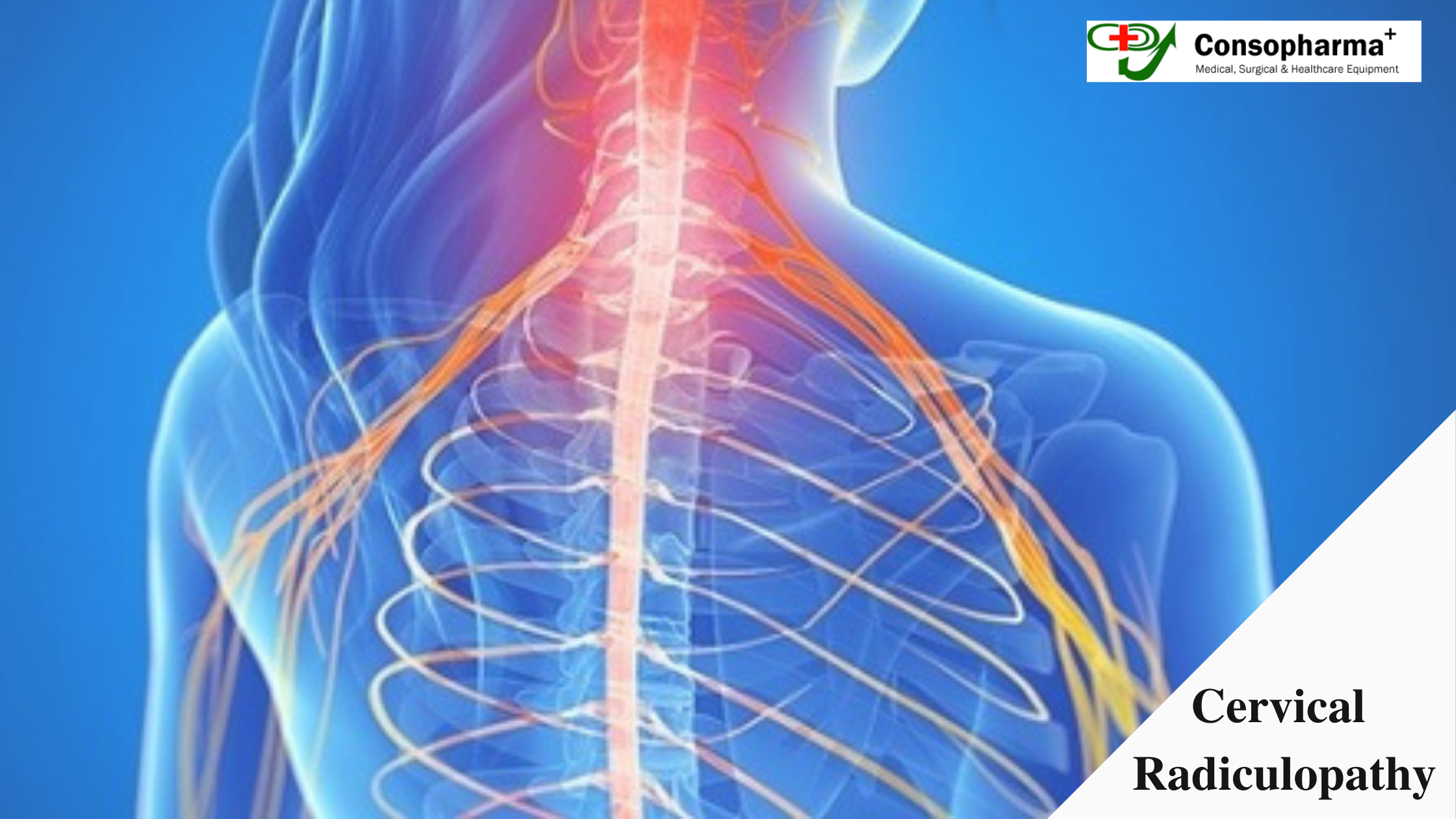Let’s Learn About Orthopaedic Nail Removal Procedures

Accidents are a harsh reality of life and no matter how much you try to avoid one, there are always chances of you suffering from one. Thankfully, there are latest equipment and techniques available to help you recover fast from your injury. One of the important equipment used in Orthopaedic surgeries are Orthopaedic nails. After the injury has healed completely, these nails are removed. Intramedullary nailing is the treatment of choice for fractures of the tibial shaft, which might necessitate the nail removal due to complications in the long-term. Although considered as a low-risk procedure, intramedullary nail removal is also associated with certain complications.
Let’s learn about Orthopaedic nail removal procedures: –
- Relative StabilityIntramedullary Nails: Currently, nails are generally reamed and locked to give better rotational stability (interlocking) and increased stability due to the ability to use larger nails offered by Orthopaedic Nail Supplier. Non reamed, nonlocked nails are still used for some fracture types (femur fractures) and are provided by Interlocking Nail Suppliers.
- Bridge PlatingBridge Plating combines appropriate mechanical stability with natural fracture. The Plate acts as an extramedullary splint fixed to the two main fracture fragments, while the fracture zone is left relatively untouched.
- External FixationIn this process, a device is kept outside of the skin in order to stabilize the bone fragments through wires or pins connected to longitudinal bars or tubes.It has its own advantages as well as disadvantages.The complicated process.
- Implant failuresPlastic deformation of the IM rod generally happens with nails that are less than 10 mm in diameter
- Nail removalIf inner diameter of nail is threaded, a cone shaped universal extractor is used in order to lock on to the nail, allowing its removal.
- ShorteningIt often occurs due to dynamic interlocking with respect to excessive post with the bearing.
Results confirm that multiple factors related to patients and primary cancer may affect survival rate after femoral fracture. Intramedullary nailing should be indicated for pathologic fractures at femoral diaphysis and metaphysis when cancer is in an advanced stage. This procedure offers good and durable stability, and enables pain relief, early postoperative mobilisation and weight-bearing, thus improving the quality of life of cancer patients.




